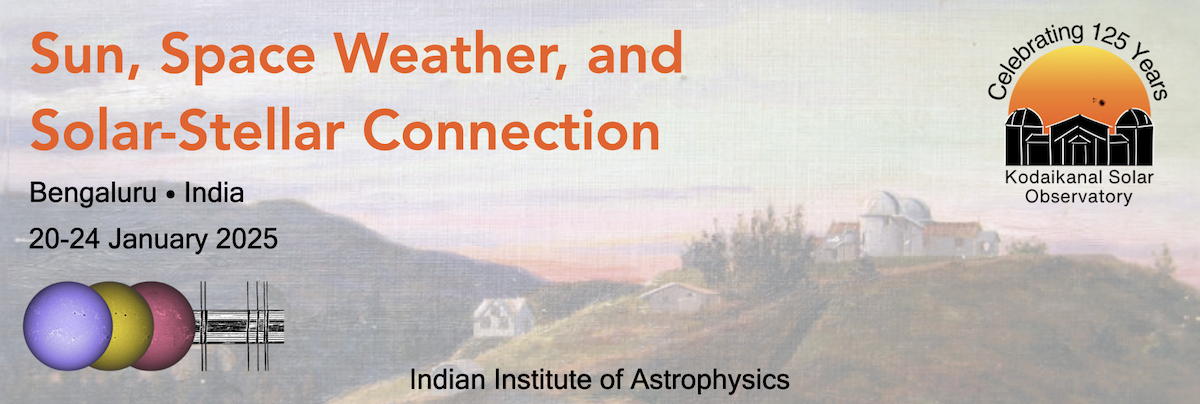Jets permeate the upper solar atmosphere, from the powerful and extended coronal jets to the smaller but more abundant spicules. They appear as a natural bridge to transport mass and energy from the surface to the upper atmosphere, and possibly also drive the solar wind. I will review the progress made over the last few years, in particular about the elusive spicules. The age old question of...
Here we present the magnetic origin of different types of campfires and coronal jets, using line-of-sight magnetograms from Solar Dynamics Observatory (SDO)/Helioseismic and Magnetic Imager together with extreme ultraviolet images from Solar Orbiter/ Extreme Ultraviolet Imager and SDO/Atmospheric Imaging Assembly. We find that (i) both campfires and coronal jets reside above neutral lines and...
Small-scale Brightenings (SBs) are commonly observed in the transition region that separates the solar chromosphere from the corona. These brightenings, omnipresent in active region patches known as “moss” regions, could potentially contribute to the heating of active region plasma. In this study, we investigate the properties of SB events in a moss region and their associated chromospheric...
Advancements in instrumentation have revealed a multitude of small-scale extreme-ultraviolet (EUV) events in the solar atmosphere and considerable effort is currently undergoing to unravel them. Our aim is to employ high-resolution and high-sensitivity magnetograms to gain a detailed understanding of the magnetic origin of such phenomena. We used coordinated observations from the Swedish 1-m...
The extreme-ultraviolet (EUV) brightenings identified by Solar Orbiter (SolO), commonly known as campfires, are the smallest detected, to date, transient brightenings or bursts observed in the non-active regions of the lower solar corona. Campfires have been proposed to be the finest-scale members of the nanoflare family. Our understanding about the role of campfires in coronal heating stands...
Dissipation of electric current due to magnetic reconnection provides a viable physical mechanism for the heating and dynamics of solar plasma. However, magnetohydrodynamic (MHD) waves may also contribute to its dynamics and heating. External wave-like perturbations may drive reconnection in the solar chromosphere and corona, but coalescing plasmoids in a reconnecting current sheet can also...

